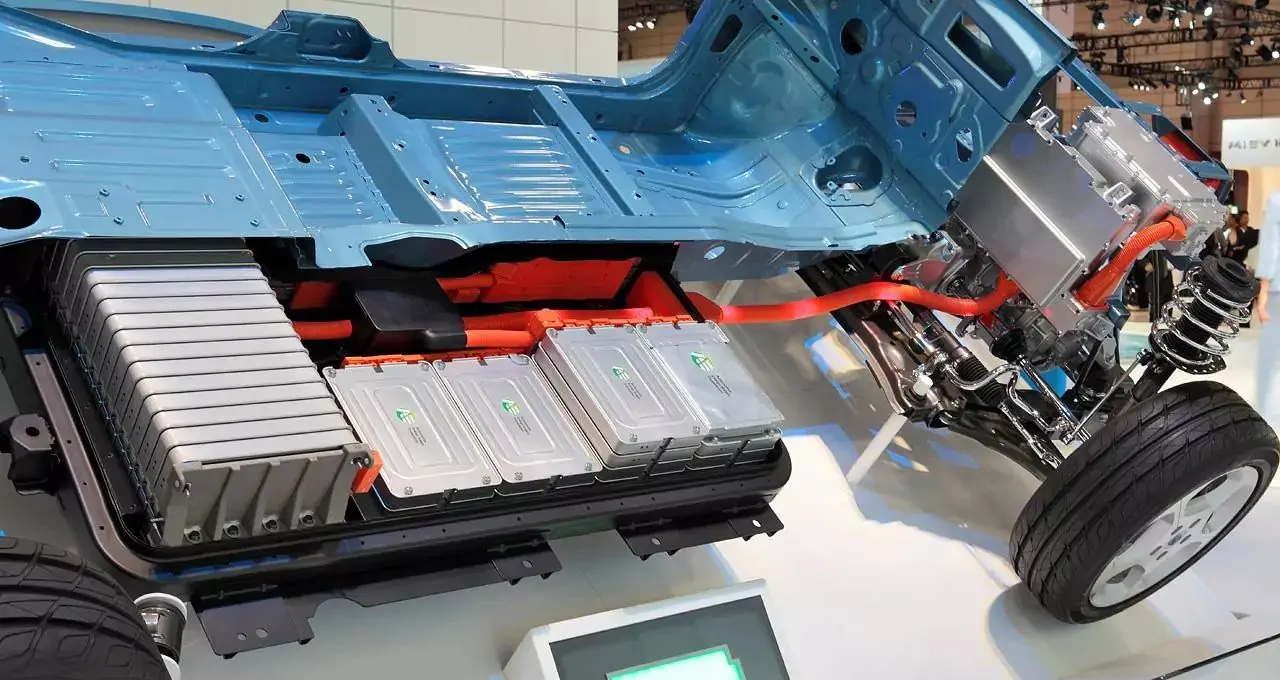 |
Welcome To Evlithium Best Store For Lithium Iron Phosphate (LiFePO4) Battery |
 |
Lithium-ion batteries are widely used in various applications, such as electric vehicles, solar systems, and portable electronics. However, not all lithium-ion batteries are created equal. Different types of lithium-ion batteries have different chemistries, performance characteristics, and safety features.
One type of lithium-ion battery that has gained popularity in recent years is the lithium iron phosphate battery (LiFePO4 battery), also known as the LFP battery. This type of battery uses lithium iron phosphate (LiFePO4) as the cathode material and a graphitic carbon electrode with a metallic backing as the anode.
But what makes LiFePO4 batteries stand out from other lithium-ion batteries? And how safe are they compared to other types of batteries? In this article, we will explore the unique safety features of LiFePO4 batteries and why they are considered one of the safest types of lithium-ion batteries available.

LiFePO4 batteries have several advantages over other types of lithium-ion batteries, such as:
Lower cost: LiFePO4 batteries are cheaper than other lithium-ion batteries because they use iron instead of cobalt or nickel as the main component of the cathode material. Iron is more abundant and less expensive than cobalt or nickel. According to Wikipedia, LiFePO4 batteries have an energy/consumer-price ratio between 1-4 Wh/US$, while other lithium-ion batteries have ratios between 0.5-2 Wh/US$.
High safety: LiFePO4 batteries have a lower risk of overheating and catching fire due to their more stable cathode material and lower operating temperature. They also have built-in protection circuits that prevent overcharge, over-discharge, short-circuit, and physical damage. We will discuss their safety features later in this article. –
Low toxicity: LiFePO4 batteries are non-toxic and environmentally friendly because they do not contain any caustic materials or dangerous odors. When disposed of properly, they do not pose any negative health or environmental hazards. –
Long cycle life: LiFePO4 batteries have a longer cycle life than other lithium-ion batteries because they do not suffer from capacity degradation caused by electrolyte breakdown or dendrite formation. According to Wikipedia, LiFePO4 batteries can last between 2,750–12,000 cycles, depending on their usage conditions.
High power density: LiFePO4 batteries can deliver high power output due to their low internal resistance and high discharge rate capability. They can provide around 200 W/kg of specific power, which makes them suitable for applications that require high power bursts, such as electric vehicles.
LiFePO4 batteries are known for their high level of safety compared to other lithium-ion battery chemistries. They have several safety features that prevent them from overheating, catching fire, exploding, or causing harm to users or devices. Some of these safety features include:
Stable cathode material: The cathode material used in LiFePO4 batteries is more stable than other types of cathode materials used in lithium-ion batteries, such as nickel manganese cobalt (NMC) or nickel cobalt aluminum (NCA). These materials release oxygen when heated up, which can cause thermal runaway and combustion. On the other hand, LiFePO4 does not release oxygen when heated up, which makes it more resistant to thermal runaway and combustion.
Lower operating temperature: The operating temperature range of LiFePO4 batteries is lower than other lithium-ion batteries, reducing the risk of overheating and fire. According to Clever Solar Power, it is recommended to store LiFePO4 batteries at a temperature between -20°C (-4°F) and 60°C (140°F). Some LiFePO4 batteries are designed to operate at higher temperatures, up to 75°C (167°F).
Built-in protection circuit: The protection circuit module (PCM) or battery management system (BMS) is an essential component that monitors and controls the voltage, current, and temperature of the LiFePO4 battery. It ensures that the battery operates within safe limits and prevents overcharge, over-discharge, short-circuit, and physical damage. The PCM or BMS also balances the voltage of each cell in the battery pack, which helps to prolong the battery life and prevent cell damage.
• Robust cell design: LiFePO4 cells have a robust design that makes them more resistant to physical damage, such as impact or puncture. The cells are enclosed in a hard metal casing that protects them from external forces and prevents them from leaking or catching fire. Some LiFePO4 batteries also have a built-in pressure relief valve that releases gas in case of an internal overpressure, preventing the battery from exploding.
• Non-flammable electrolyte: LiFePO4 batteries use a non-flammable electrolyte that does not catch fire even if the battery is punctured or damaged. The electrolyte is a mixture of lithium salts and a solvent that is less volatile and less flammable than the organic electrolytes used in other types of lithium-ion batteries.
LiFePO4 batteries are an excellent choice for applications that require high safety, reliability, and long cycle life. They are cheaper, more environmentally friendly, and more stable than other types of lithium-ion batteries. They have a lower risk of overheating, catching fire, or exploding due to their unique safety features, such as stable cathode material, lower operating temperature, built-in protection circuit, robust cell design, and non-flammable electrolyte. If safety is your top priority, LiFePO4 batteries are a great option to consider.
Edit by editor
All Rights reserved © 2025 Evlithium Limited